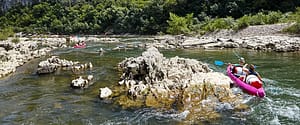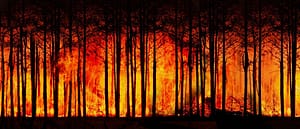Astrotourism from antiquity to the present
The first recorded instance of astrotourism was probably the account in the Gospel of Matthew of the visit of the Magi to pay homage to the Baby Jesus.
"We observed a star in the eastern sky that signalled his birth. We are on a pilgrimage to worship him"
Gospel of Matthew 2:2 (Version: The Message) Tweet
We may not ever have the opportunity to travel into space and admire our planet from beyond our atmosphere but we can gaze at the astronomical scenery with our feet planted firmly on our own planet.
Astrotourism may mean visiting a specific destination to see a particular astronomical phenomena. Equally it could be a staycation where we gaze at the night sky from our own backyard.
Dark Skies
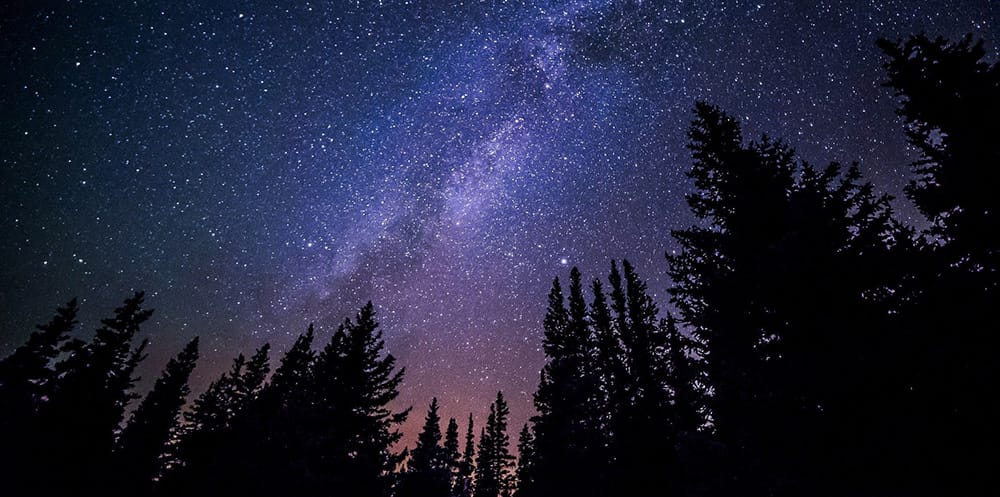
Dark skies are defined as…
...places where the darkness of the night sky is relatively free of interference from artificial light.
Oxford English Dictionary Tweet
Put another way, dark skies are places where the sky at night is free from light pollution. This means they are usually in the remoter areas of our planet. However, they do not have to be inaccessible, just away from light sources such as towns and cities.
Although some stars and planets can be seen in built up areas the night sky is best enjoyed away from urban areas. Wherever there are dark skies the beauty of the night sky really does come to life. There is nothing quite like seeing the Milky Way stretching across the sky from the horizon.
Around the world there are many dark sky reserves where light sources are restricted. These are usually centred on national parks and reserves. However, anywhere that is free from urban light glow can be just as good. For those interested in astrotourism finding a dark sky is vitally important.
Solar Eclipses

Fortunately for those interested in astrotourism eclipses of the sun are predictable in both time and place. This means you can make travel plans several years ahead. The only thing that is unpredictable is the weather conditions.
A list of eclipses for the next 10 years can be found at www.timeanddate.com.
Aurora
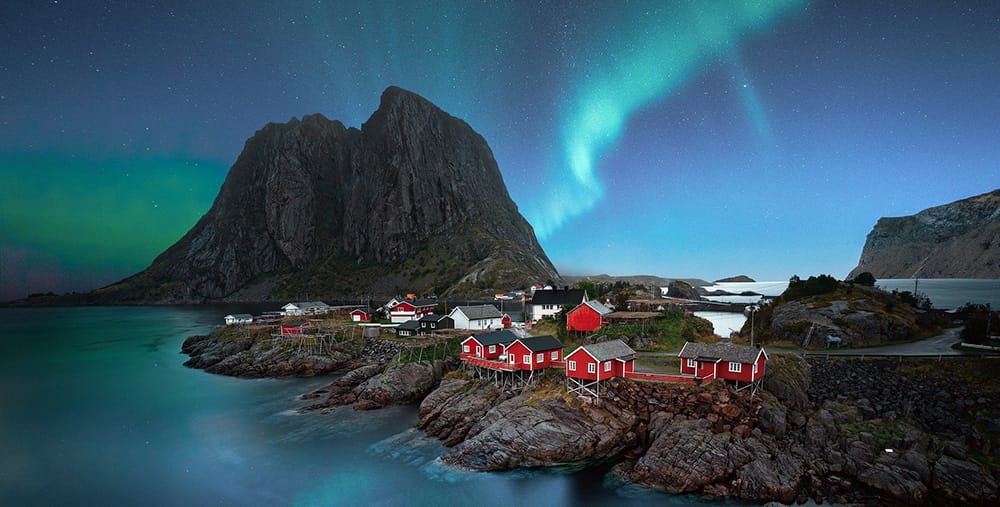
Aurora are “dancing” curtains of light seen in the night sky in the northern regions of our planet (aurora borealis) and the southern regions (aurora australis). These spectacular displays are created when charged particles, emitted from the sun, collide with atoms in the magnetic field of Earth.
Aurora are especially active in oval “halo” around the poles and roughly correspond to the Arctic or Antarctic Circles.
Although they are always they are only visible to the naked eye at night. To have the best chance of seeing the aurora plan to visit in the winter months. Like most things astrotourism related sightings are dependent on weather conditions so plan accordingly.
You can read detailed posts about the were to see the aurora borealis here
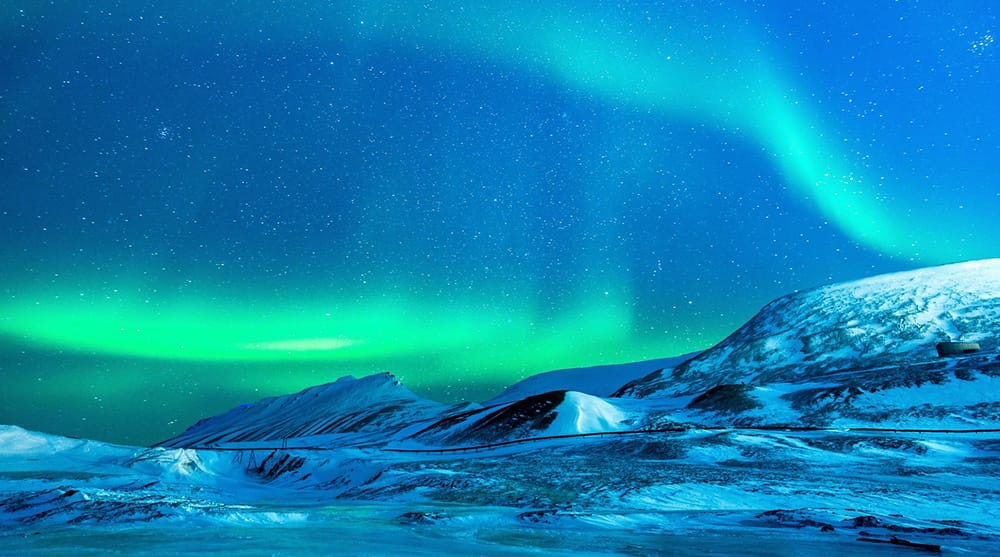
Astronomy in Action
Observatories such as those in Hawaii, Canary Islands and Greenwich are often open to the public. These are a chance to learn more about exploration of the universe and see it in action. Planetarium and museums offer another opportunity to learn about the universe we live in.
Space exploration is not yet possible for the majority of us. We can however get a feel for it a space museums that are highly interactive.
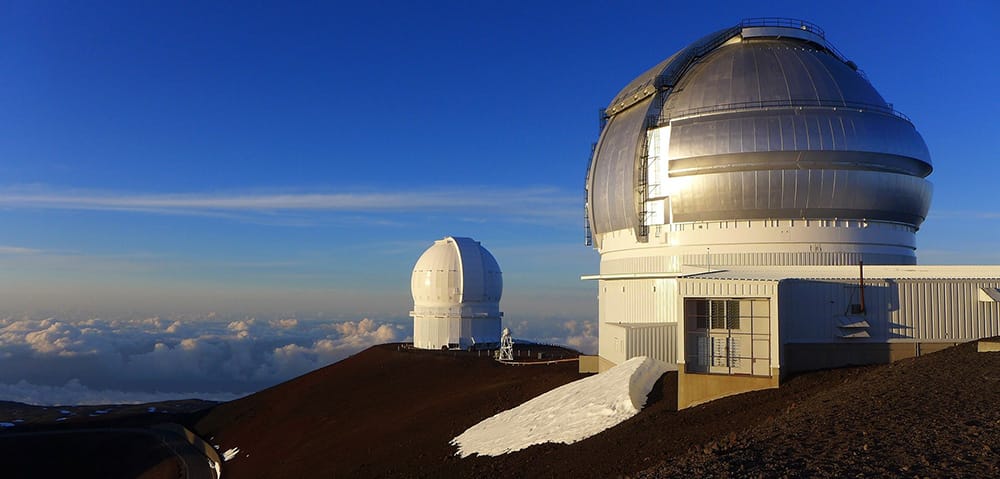
Finally I would highly recommend the book Dark Skies: A Practical Guide to Astrotourism by Valerie Stimac (£). You can order it from Amazon (£) or the Lonely Planet Online Shop (£) and plan your next astrotourism trip for when the Covid-19 pandemic is over and we can all travel again.
